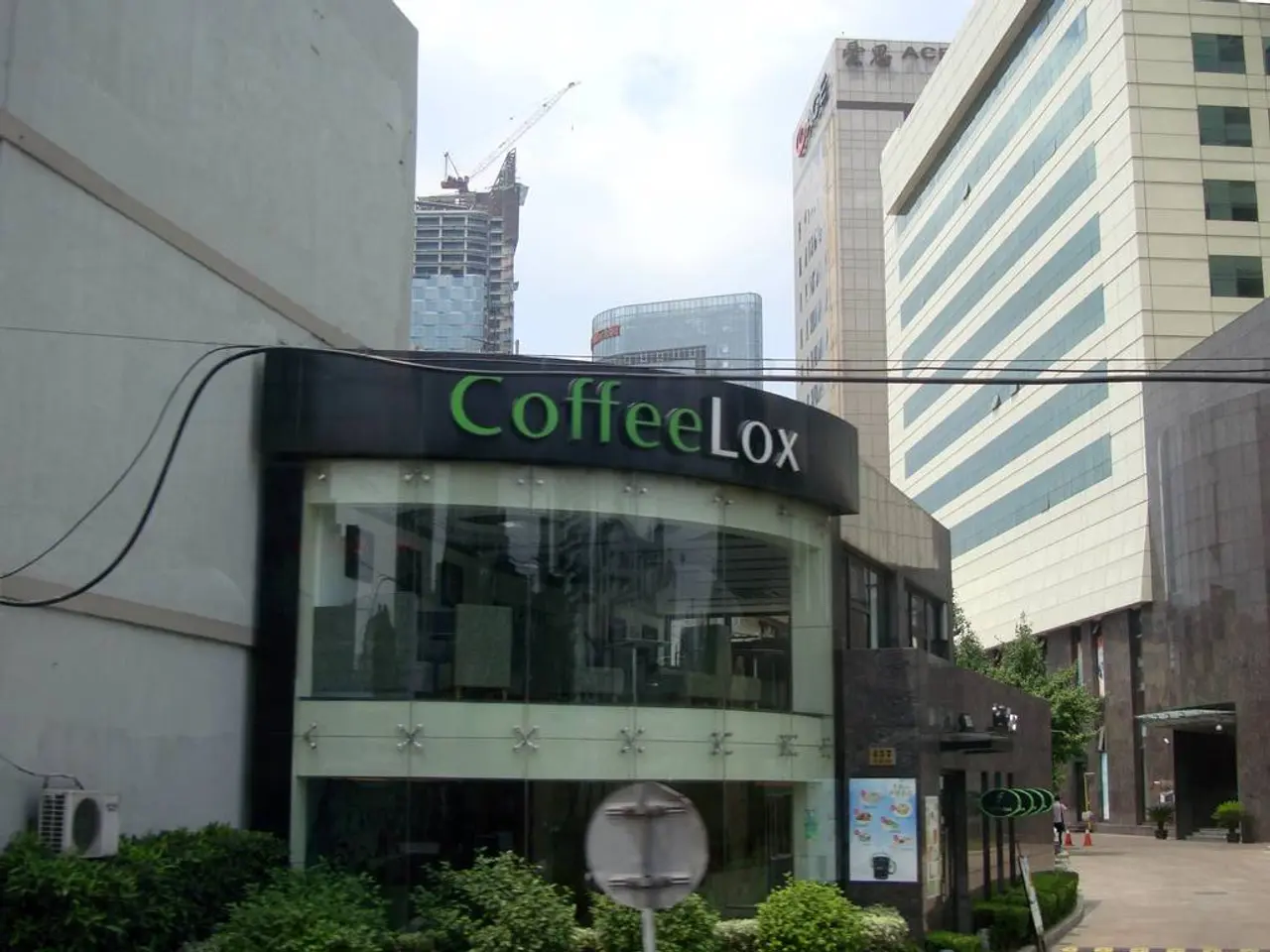How to Close Funding Pitfalls in Climate-Friendly Farming for Global Food Safety Guarantee?
In a world where climate change poses a significant threat to global food production, addressing the funding gap for Climate-Smart Agriculture (CSA) has become a crucial matter. CSA, a specific type of climate finance designated for the agriculture sector, received less than 5% of total global climate finance in 2019/2020, leaving a substantial funding gap [1].
The challenges in bridging this gap are multifaceted. Limited public sector financial contributions, perceived high investment risks by the private sector, lack of uniform methodologies and data for assessing sustainability metrics, and insufficient digital tools for monitoring and tracking investment performance, especially in developing countries, are key obstacles [1].
The agricultural sector, often receiving less than 5% of global climate finance, is viewed as requiring patient capital with uncertain returns, unlike more mature sectors like energy [1]. Political and budget uncertainties also lead to inconsistent funding streams in agricultural climate programs [2].
However, there is a growing recognition that addressing fundamental issues like limited access to electricity and internet in developing economies is crucial to creating an enabling environment for private-sector funding in CSA [2]. Governments, in partnership with Multilateral Development Banks (MDBs), Multilateral Climate Funds (MCFs), or bilateral donors, should prioritise addressing these core issues to improve the prospects of private investments [2].
Potential solutions focus on increasing public and private sector collaboration to reduce risks and improve data transparency. Governments and MDBs can play critical roles in removing systemic barriers and providing consistent funding mechanisms [1][2]. Expanding CSA incentives, such as investment tax credits for agtech innovations and sustainable practices, can help attract private investment and foster resilient food systems [3].
Digital tools and technologies, including novel agtech startups, should be promoted and supported to enhance farmers’ adaptability and improve monitoring systems [3][4]. Building cross-border partnerships and mentoring networks, especially in regions facing common climate challenges, can provide pathways for scaling solutions and sharing knowledge [4].
The World Bank, recognised as the largest contributor to global CSA finance, with annual commitments of approximately $3 billion, currently allocates 62% of its agriculture-related funding to CSA projects [1]. MDBs can work together with governments to oversee the management of international private investments and promote financial discipline [1].
Targeted CSA financing to improve standardization of sustainability metrics represents a high-return investment opportunity [1]. Bridging the funding gap for CSA projects depends on managing risks and ensuring long-term, sustainable returns within the agricultural industry [1].
Examples of CSA finance-funded projects include the Food Systems Resilience Program for Eastern and Southern Africa and the Agriculture Resilience, Value Chain Development, and Innovation in Jordan [1]. CSA finance has improved farmers' access to tools that enable the adoption of sustainable agricultural practices [1].
In summary, overcoming CSA finance gaps requires coordinated efforts to de-risk investments, improve data and monitoring, guarantee stable funding streams, support innovation through policy incentives, and foster regional collaboration to enhance climate-smart agricultural impacts globally. The stakes are high, as current and predicted climate casualties highlight the need for immediate and targeted climate action to build the resilience of the agricultural sector.
[1] World Resources Institute. (2021). Climate Finance for Agriculture 2021: A Review of the Latest Trends. [2] The Nature Conservancy. (2021). Climate-Smart Agriculture: Investing in the Future. [3] Food and Agriculture Organization of the United Nations. (2020). The Role of Digital Technologies in Climate-Smart Agriculture. [4] Global Commission on Adaptation. (2019). Adaptation Finance: Fostering Climate Resilience.
- To combat climate change, which poses a threat to food production, addressing the funding gap in Climate-Smart Agriculture (CSA) is vital.
- In 2019/2020, CSA received less than 5% of total global climate finance, leaving a significant funding gap.
- The agricultural sector, despite requiring patient capital with uncertain returns, received less financing compared to more mature sectors like energy.
- Governments and Multilateral Development Banks (MDBs) can collaborate to remove barriers and provide consistent funding mechanisms to attract private investments in CSA.
- Digital tools and technologies, such as agtech startups, should be supported to enhance farmers’ adaptability and improve monitoring systems.
- CSA finance has funded several projects, like the Food Systems Resilience Program and the Agriculture Resilience project, improving farmers' access to sustainable agricultural practices.




![Steps for Crafting a Stunning One-Page Business Proposal [With Attached Templates]](/en/content/images/size/w1280/format/webp/20250806081612_one-page-business-plan-templates.jpeg)